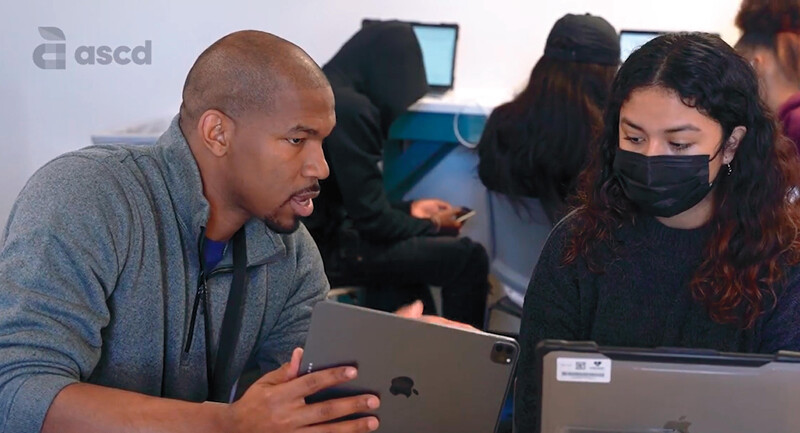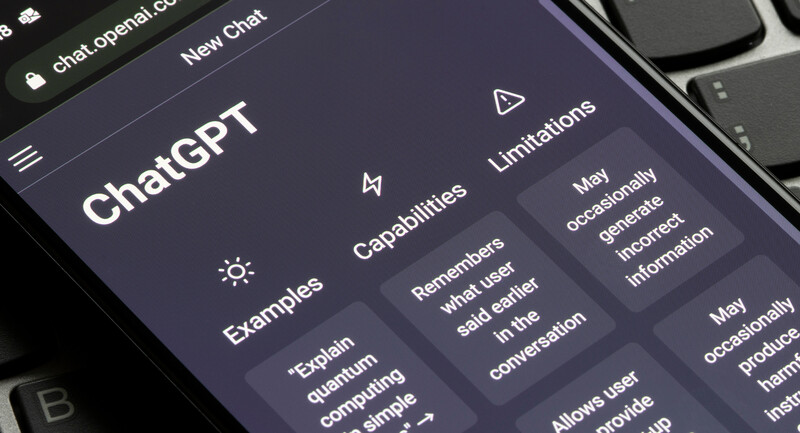One of the most magical classroom sounds is the ringing of a video conferencing call.
With that glorious sound comes a virtual gateway transporting students beyond their four walls and into countless learning environments: animal conservation sites, arctic glaciers, archeological digs, research labs, corporate offices, artist studios, and even other classrooms. There is something extraordinary about removing the limits of where our students learn.
Since 1996, my students and I have traveled millions of virtual miles around the world for authentic research, information exchanges, global service projects, and cultural understanding. We have held one-on-one conversations with experts, taken countless virtual field trips, built forever friendships with children on all six continents, but most importantly, we have learned to value multiple perspectives.
Where do I find these connections? Skype in the Classroom, Facebook, Twitter, and LinkedIn have all serve me well. Lately I’ve become excited about a new collaboration tool for ages 7-11 called Empatico. This free resource was started by The KIND Foundation is filled with standards-based activities designed to promote meaningful interactions and positive perceptions for students. Through Empatico’s website (empatico.org), teachers can choose different collaboration activities in literacy, social students, or science that can work well for lessons in culture, weather, civics, and more. Empatico’s easy-to-use interface identifies other classrooms, most commonly in the US, who are interested in the same activity, has a calendar scheduling tool for easy connections, and hosts the calls directly in the web browser. Never has it been easier for 3rd and 4th grade teachers to find connections and opportunities for their classrooms.
What are the benefits of connecting virtually?
- Coming from a community where students may not have experienced mountains, beaches, mass public transportation, or homelessness, it’s important for them to see a bigger picture of the world. And they need to hear from people who have completely different life experiences. By listening to multiple voices, my students think critically, develop empathy, learn diplomacy, research authentically, and make informed decisions. Even if students have 30 minutes to dialogue with a similar aged classroom in the US, they learn regional differences and similarities, form partnerships for world change collaboration, and expand their personal learning networks.
- Students become better communicators through collaboration. They learn to prepare focused questions, speak slowly and clearly for better understanding, listening intently with a critical thinking ear, stand with confidence and professionalism while presenting online, and build diplomacy skills. As a language arts teacher, this is classroom gold. Even though I teach elements of public speaking, having these opportunities to use those skills with authentic audiences provides a greater impact for the students. Yes, I can confidently say there a special level of teacher pride that swells when I see a shy, awkward student stand in front of a camera and speak with passion and clarity.
- Through virtual connections, I open windows into my classroom and invite others to experience school in 2018. Too often adults believe school today is the same as when they were young, but as we know, it is so much more. When industry professionals dial into our classroom, they often remark how surprised they are by the students’ level of thought provoking questions and their curiosities. Frequently I hear, “I wish my teachers would have done these experiences when I was in school!” Yes, when we invite others into our classrooms we are opening their eyes, as well – and remember students are often the best teachers.
- Experiencing virtual collaboration allows students to hear from passionate people. No matter the curriculum unit or project, there is an opportunity to dialogue with someone who is passionate about that topic. Sustainable food resources? Yes. Volcanoes? Yes. Fire Safety? Yes. Pelicans? Yes! From ancient civilizations to current events it’s possible for students to learn from experts in any career field who all love what they do. When students can see and hear that passion, the desire to have it increases, and often virtual calls ignite sparks of inspiration to future careers, service learning projects, and deeper research.
- Collaboration creates opportunities for authentic research with our students serving as eye witnesses to history! Imagine students interviewing veterans, natural disaster survivors, political refugees, first generation immigrants, or present-day heroes. Consider the impact these primary source voices provide content authenticity. When we teach students that first person account interviews can be powerful qualitative data, we not only help them become better researchers, we give students real-world connections to learning.
- Hearts change with virtual calls and not just for the students. A teacher’s exposure to multiple viewpoints changes the entire classroom environment including how content is presented. Instead of feeling restricted to teach in isolated subjects, cross-curricular connections become seamless. For example, in 2014, our Andover Middle School students in Kansas connected with schools in Kenya for a cultural exchange and heard about a water crisis that put young children’s lives at risk. Before long the entire building 500+ students along with schools in Pennsylvania and Greece rallied together to help their friends in Kenya problem-solve the situation for clean water in their schools. One Skype call led to another and eventually children and adults on three continents were one unified team of problem solvers.
Now is the perfect time to connect your students to new friends, conversations and opportunities. All you need is a research topic, a webcam, a little creative thinking, and a willingness to open the windows of your classroom to the world.








